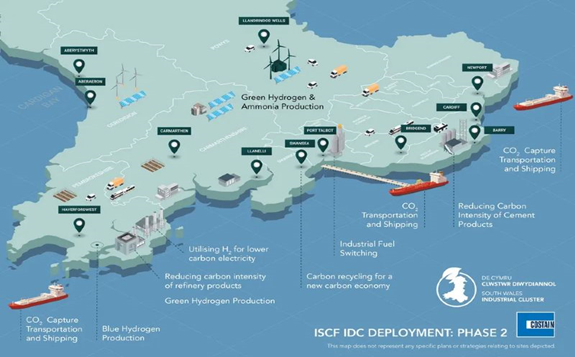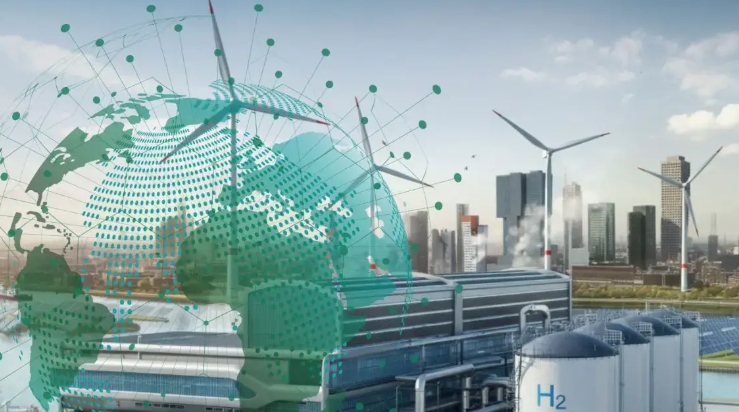Lightsource bp has announced participation in the South Wales Industrial Cluster (SWIC) deployment project, which has secured funding of nearly £20 million ($28 million) from UK Research & Innovation (UKRI).
 Image: SWIC
Image: SWIC
The South Wales Industrial Cluster (one of six major Industrial Clusters in the UK) will bring together various sectors in South Wales that are crucial for decarbonisation and the development of a hydrogen economy. Project partners include RWE, Tata Steel, Valero and Tarmac.
For Lightsource bp, this is an opportunity to contribute towards innovation and research into the future deployment of green hydrogen.
Chris Buckland, technical director, Lightsource bp, said: “Green hydrogen represents a big step in decarbonising the global fuel supply, sustainably supporting industries across all sectors. This announcement is a great step forward for the UK, and our participation in the SWIC is an example of how solar expertise can play a much wider role through innovation across the energy sector”.
Business and Energy Secretary Kwasi Kwarteng said: “We were the first major economy to put into law our target to end our contribution to climate change, and today we’re taking steps to be the first major economy to have its own low-carbon industrial sector. While reaching our climate targets will require extensive change across our economy, we must do so in a way that protects jobs, creates new industries and attracts inward investment – without pushing emissions and business abroad. Ahead of COP26, the UK is showing the world how we can cut emissions, create jobs and unleash private investment and economic growth. Today’s strategy builds on this winning formula as we transition low carbon and renewable energy sources, while supporting the competitiveness of Britain’s industrial base.”
Lightsource bp and the other members of SWIC are working together to try and enhance the flexibility of the electrolyser technology and increase its efficiency for renewables, laying the groundwork for new routes to cost-effective, easily scalable hydrogen produced with the smallest possible carbon footprint.







